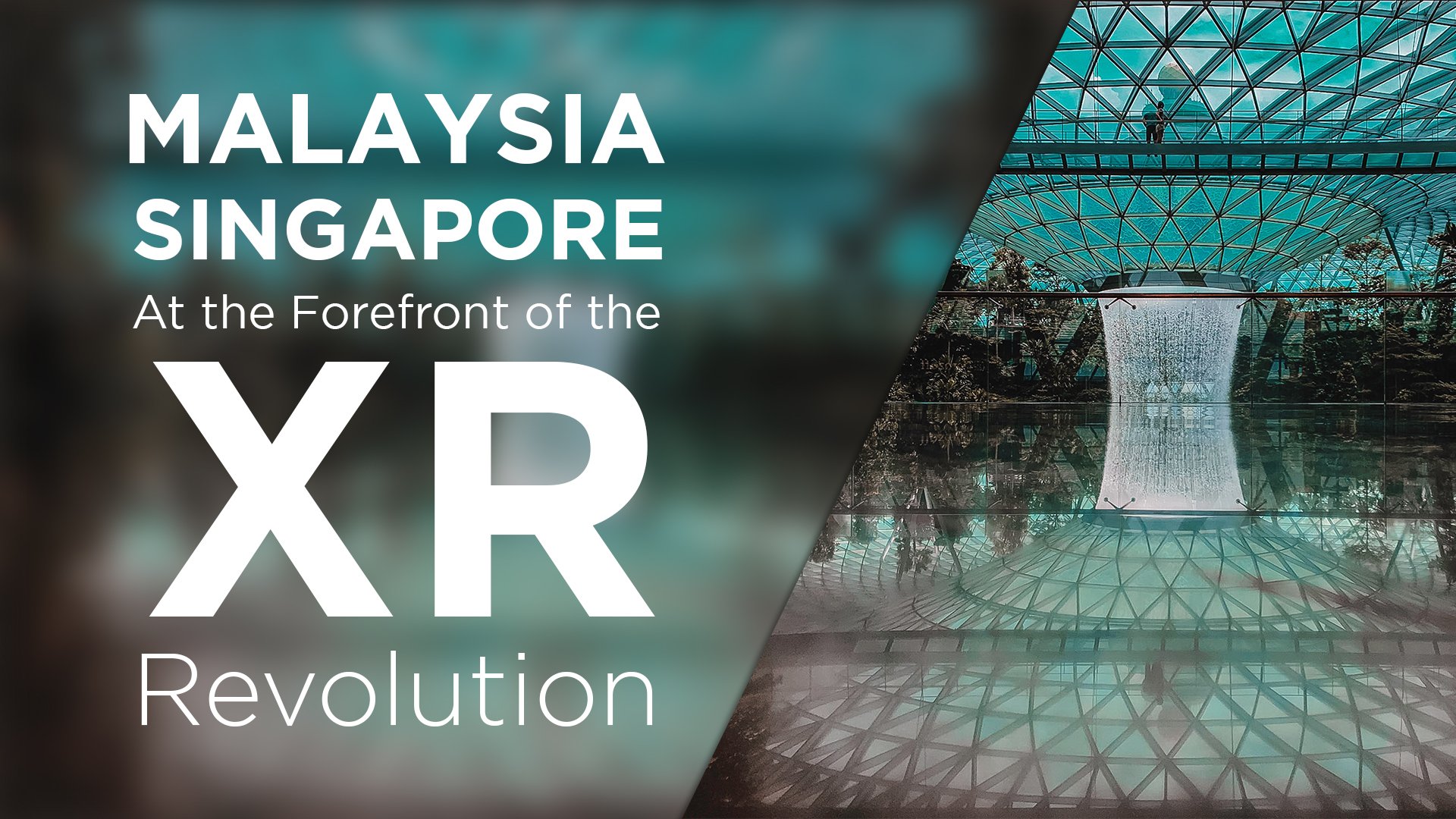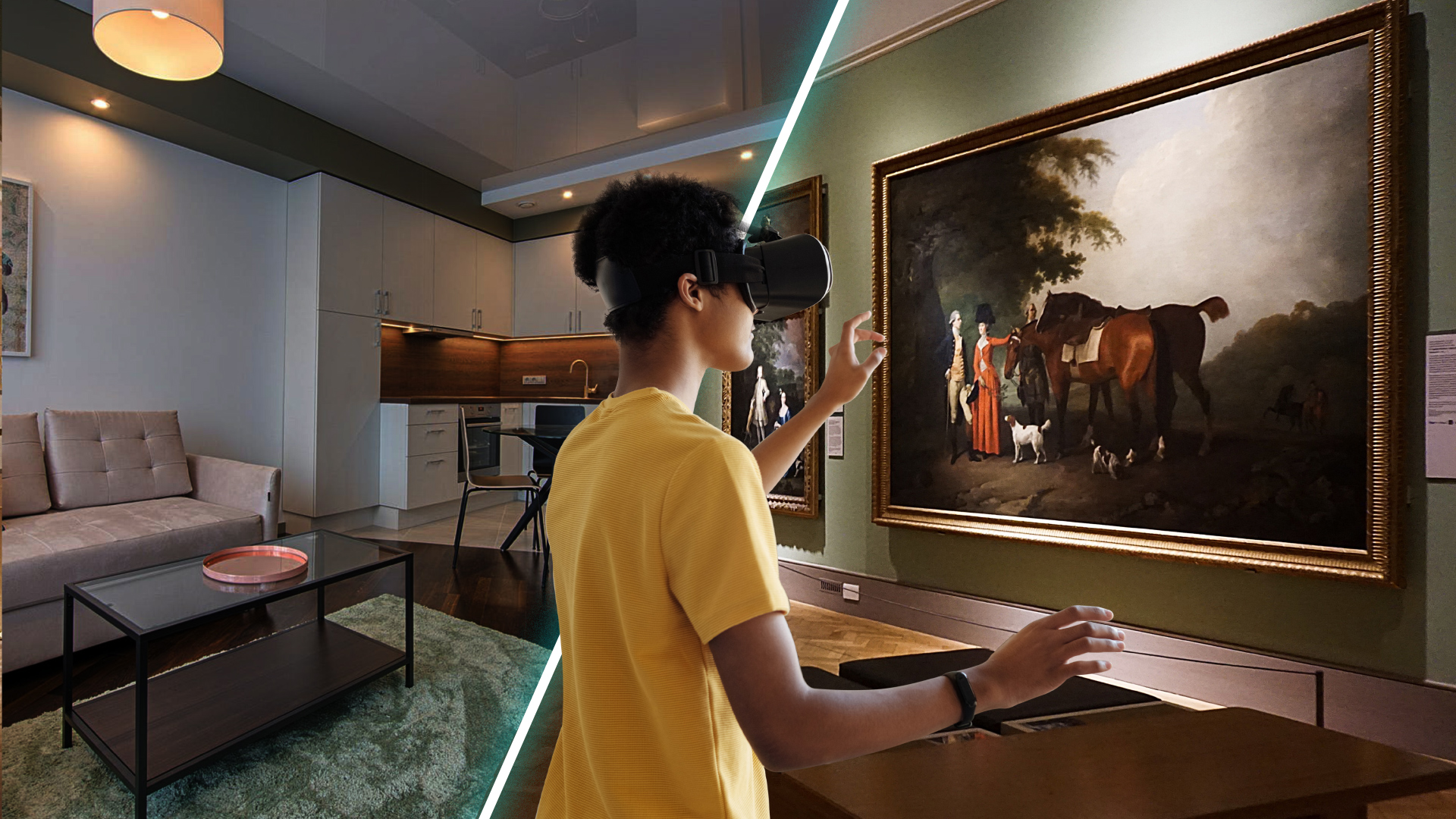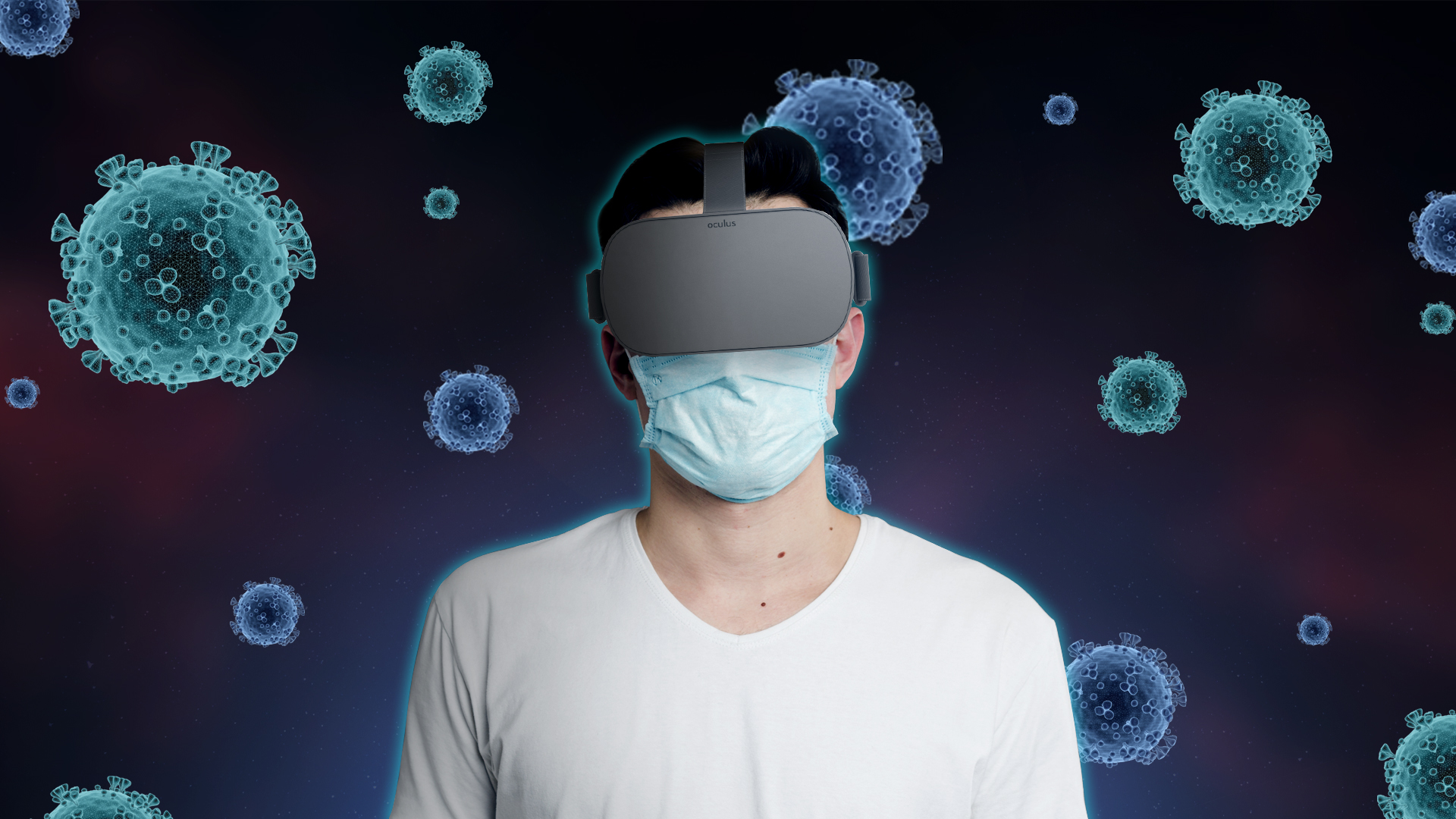The informative guide to understanding MR technology, it’s use cases and the future scope.
You’ve seen some popular movies from the Marvel Cinematic Universe, right? Remember Iron Man’s trademark AI technology? It’s a digital projection, but it’s very much tangible. Surely it’s some form of CGI movie magic? Yes and no. The truth is, mixed reality is the best of both worlds. It combines the concepts of Augmented Reality and Virtual Reality to create true-to-life renders that can influence the environment. Tools that can harness this capacity are currently in development and are poised to be game-changers in the field of digital and IT. Curious? Through this blog, you’ll get to learn the ropes of mixed reality and how it works.
Mixed Doubles
The first thing to understand here is that mixed reality is a notch above AR and VR. Consequently, the amount of research and development that goes into creating an MR experience is also extensive. Believe it or not, Mixed Reality software and gear have already made it out into the market, with Microsoft taking a crack at it with Microsoft Hololens. Using this product, we can gain a basic understanding of how the concept functions.

– At its core, Mixed Reality technology is about placing digitally generated objects in a real environment with functions that can impact the real elements.
– Both aspects of the experience blend seamlessly for smooth operation. This is the focus of the marketing enablement of mixed reality.
– Currently, the name of the mixed reality game is holographic elements. You use these holograms to interact with both the virtual as well as the real-world elements.
– There must be a question on your mind at this point: what makes Mixed Reality different from Augmented Reality? The difference between both is that MR gives you the opportunity to interact with the holograms for real-world actions. It’s not just there for fluff and style!
As you can see, MR combines the core concepts of AR and VR to offer a holistic experience to the user. Now, we’ve scratched the surface of what MR is capable of. To progress further, we’ll need to gain a better understanding of how mixed reality works in principle.
Mixed Reality Solutions: How They Work
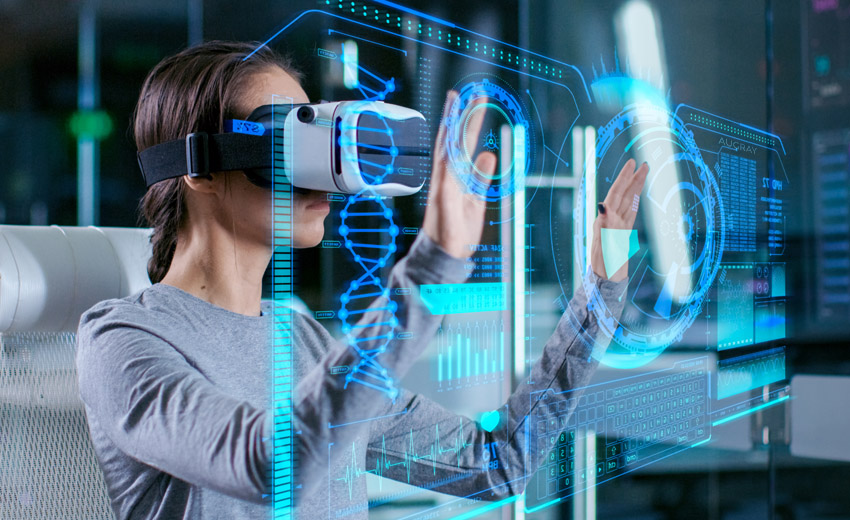


You’re already familiar with how mixed reality combines two IT and digital solutions together. Let’s meet the two core components that make mixed-reality tick.
– Input: To consolidate the real-world input, MR makes use of sensory input hardware. It’s an ensemble of tech that makes use of products that are nowadays available in retail. These include motion sensors and microphones to capture voice input. You also have signature gear that can scan the environment and create a 3D render of it for you to interact with. This hardware is responsible for capturing and tracking each movement and spatial orientation of your position in the environment. All this input goes to the software and computing end of the experience.
– Computing: Put your tech goggles on, because this part’s a little analytical. Using the inputs, the 3D render of the real-world environment is carried out using vectors, spatial anchors, and mapping to maintain the simulation. A common name in the digital transformation sector in this avenue is SLAM (Simultaneous Localization And Mapping). Ultimately, this segment takes care of the virtual rendering of the experience and holographic interactions.
– Functioning: Are you wondering what MR experiences are like? The toolkit they offer you is vast and extensive. You can use motion controls like tapping, menu navigation, and even complex manipulation of the real-world elements in the medley. Words can’t really do justice to it, you have to experience it for yourself to get what it’s all about.
The concept doesn’t lie; Mixed Reality really does offer a 360-degree augmented experience of your environment. Maybe not quite on the scale of Iron Man and JARVIS, but we’re getting there! Microsoft is already on the right track with its HoloLens manufacturing and marketing. All this is impressive, but how can it be applied in the commercial sphere?
Mixed Reality In The Market
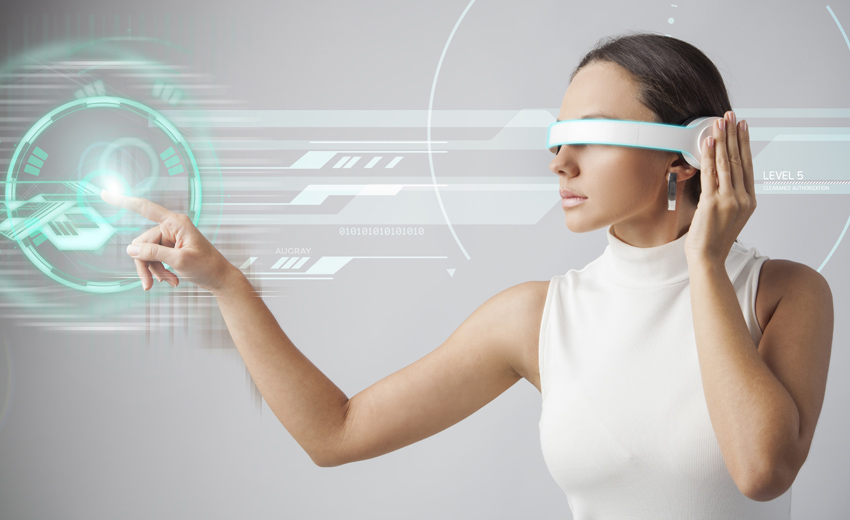


Let’s get one thing clear right off the bat: if you’re thinking Mixed Reality, you need to pack some heavy hardware. The software is relatively easier to procure. Naturally, you’d think that this would pitch MR more towards the big companies out there, especially in the information technology and mass manufacturing sectors. You’re not wrong. As of today, MR has some highly specific use cases that show great potential for mainstream development.
– Employee Training: MR can come in handy in the manufacturing sector, especially for highly specialized jobs involving heavy machinery. With an MR rig, you won’t run the risk of resource wastage or injury to personnel. Since it’s all a simulation, employees can take their time familiarizing themselves with the equipment. This guarantees more productivity in the long run.



– Streamlining Interactions: Imagine the versatility if MR replaced every Zoom call you’ve ever been on! This would be a boon to sales staff because they can pitch their wares with a true-to-life nature from anywhere in the world. Face-to-face interactions would be completely redefined. It’s just a matter of getting the right gear for you!



– Analytics And Research: With an MR heads-up-display, you can pull up a ton of information in front of you with just a few gestures. This is the sort of experience that the IT sector is pushing for with MR. Wouldn’t it be awesome to have an AI-boosted MR experience to get facts instantly when you need them? It’d be the coolest way to Google things ever!
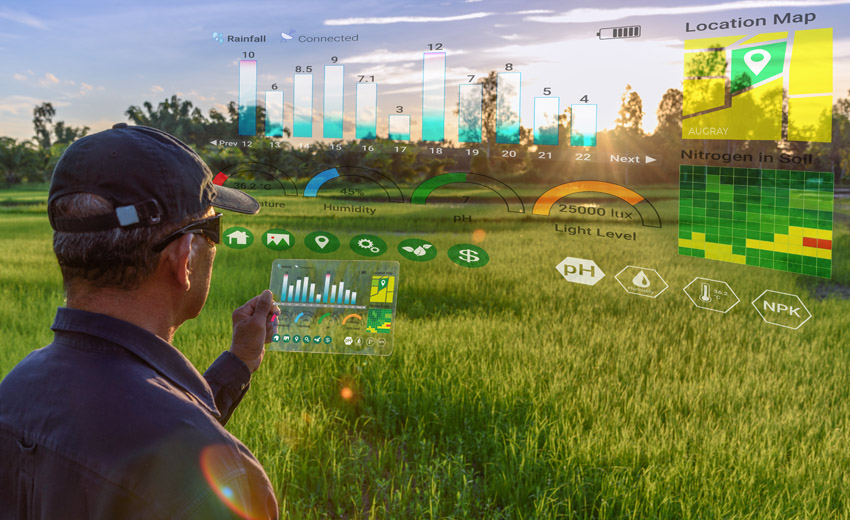


– Healthcare And Pharma: MR can literally be a lifesaver in the emergency room, saving valuable minutes while surgeons fight to save lives. Through an MR interface, doctors can access patient details with ease while they operate smoothly.



The pharma manufacturing sector, as well as the R&D divisions, can benefit from having mixed reality rigs on board. With advanced control made possible through digital transformation, engineering cutting-edge drugs can become quite simple. By interacting with a combination of real-world elements and virtual reality, conceptualizing bio-compounds becomes seamless, further complementing its sales enablement.
All these prospects are still very much in the concept phase. It’ll be a while before you see these ideas in the mainstream market. Why? Because there are a couple of things to iron out before it becomes a household name.
The Path To MR
– One clear factor that MR has to circumvent is the gear requirement. Not everyone can afford to buy the hardware at retail prices. Yet others simply lack the technical know-how for the product.
– The other factor is the presence of MR’s counterparts, AR and VR. These two contenders are more accessible to the general consumer. They also scratch the itch of an augmented experience just fine.
However, these are just hurdles to be overcome. Mixed Reality is currently spearheading the digital transformation in the retail sector. Who knows, maybe within a couple of years, you, me and everyone you know will have an MR experience ready at their fingertips! Would you buy MR gear? Let us know below!



